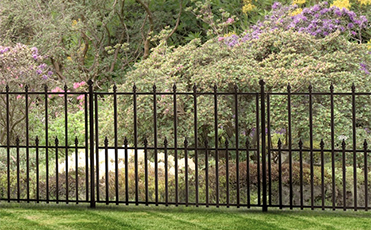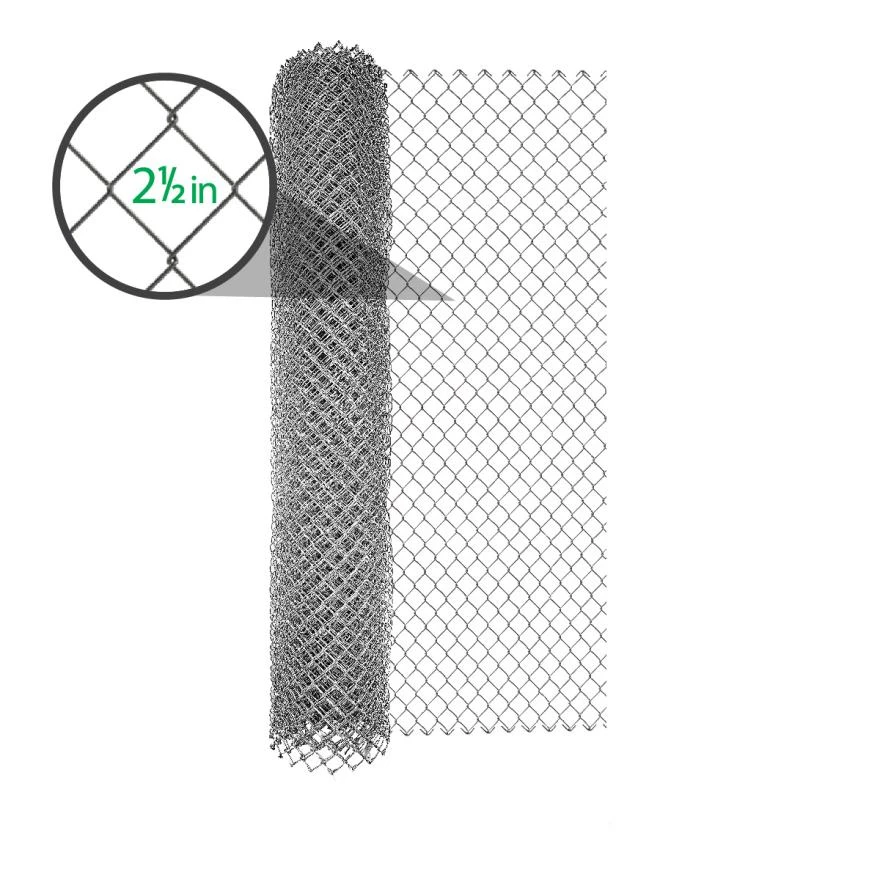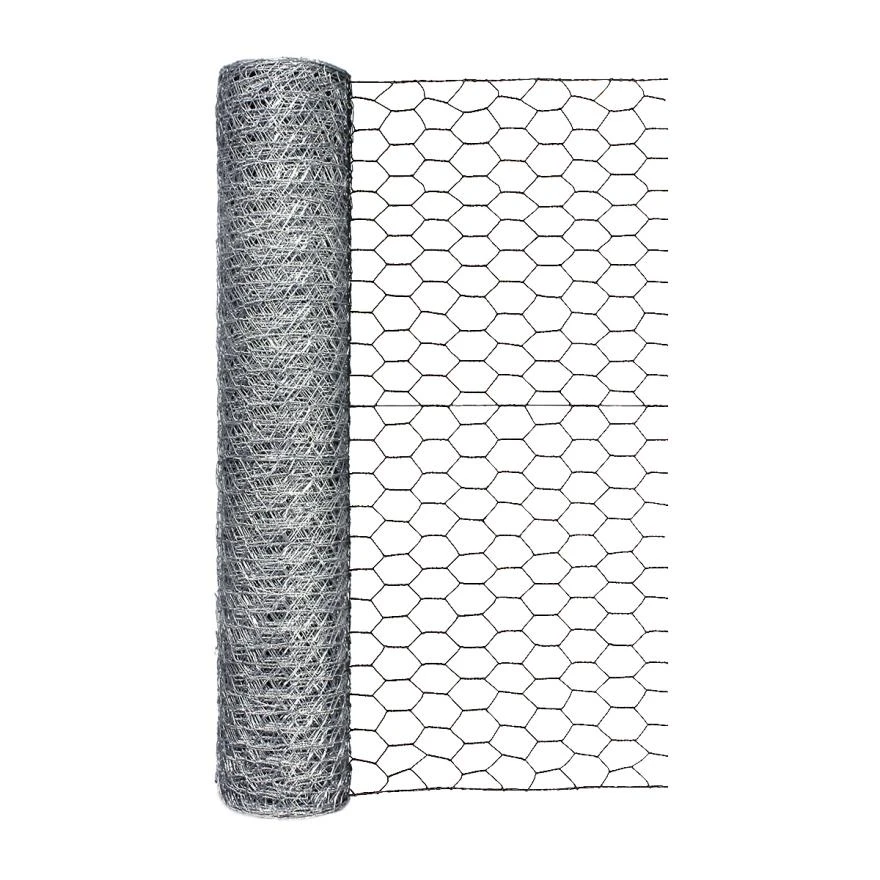Comparison of U-Post and T-Post in Various Applications and Uses
Dez . 12, 2024 04:01
Understanding U-Post vs. T-Post A Comparison for Your Fencing Needs
When it comes to fencing solutions, two of the most popular options on the market are U-posts and T-posts. Both serve similar purposes, but they come with distinguishing features that make them suitable for different applications. Understanding the differences between U-posts and T-posts is crucial for anyone looking to build a fence, whether for agriculture, security, or property demarcation.
What are U-Posts and T-Posts?
U-posts, as the name suggests, are shaped like the letter U. They are typically made from galvanized steel, providing excellent durability and resistance to rust and corrosion. These posts often have a wider profile, designed to provide stability when driven into the ground.
T-posts, on the other hand, are shaped like the letter T. Also made from galvanized steel, T-posts are narrower and lighter than their U-post counterparts. They are designed to be driven directly into the ground with ease, and their narrower profile often allows for more efficient installation.
Advantages of U-Posts
1. Stability One of the most significant advantages of U-posts is their stability. The wider profile allows them to better withstand lateral forces, making them ideal for fencing applications where wind or animal pressure is a concern.
2. Versatility U-posts can be used for various fencing types, including livestock fencing and garden fences. Their robust nature allows them to support heavier fencing materials like barbed wire or woven wire.
3. Resistance to Damage Due to their sturdy construction, U-posts are less likely to bend or break under pressure, which increases their longevity. This makes them particularly suited for environments where they might encounter challenging conditions.
u post vs t post

Advantages of T-Posts
1. Weight and Ease of Installation T-posts are lighter than U-posts, making them easier to handle and install. This feature can save valuable time and effort, especially on larger fencing projects.
2. Cost-Effective Generally speaking, T-posts are more affordable than U-posts. For budget-conscious projects, this can be a crucial factor in the decision-making process.
3. Simplicity The straightforward design of T-posts allows for quick fencing solutions, making them an excellent choice for temporary fencing, such as for agricultural purposes during the planting and harvesting seasons.
Application Scenarios
The choice between U-posts and T-posts often hinges on the specific application and environmental factors. For example, if you're creating a permanent boundary for livestock that includes larger animals, U-posts might be the best option due to their stability and strength. On the other hand, if you are erecting a temporary fence for a garden or a project requiring frequent relocation, T-posts can offer a lightweight and cost-effective solution.
Conclusion
In summary, both U-posts and T-posts have their unique advantages, and the decision between the two ultimately depends on your specific fencing needs. U-posts provide superior stability and are better suited for heavy-duty applications, while T-posts offer flexibility, affordability, and ease of installation. Understanding the characteristics of each can empower you to make an informed choice that meets your fencing requirements. Whether you need a fence to keep animals in or to delineate property lines, knowing when to use a U-post versus a T-post can significantly impact the effectiveness and durability of your fencing solution. Choose wisely, and enjoy the benefits of a well-constructed fence tailored to your needs.









 Unity
Unity Creation
Creation Challenge
Challenge Contribution
Contribution










